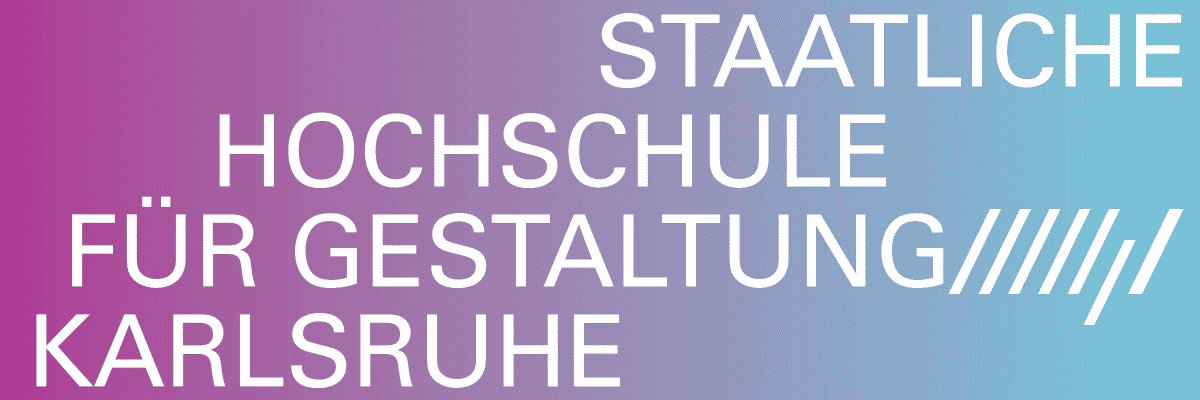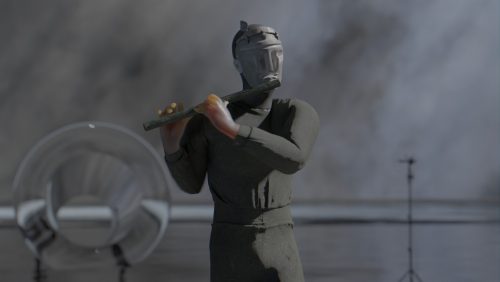
Groupshow
Knocking Where a Door Once Stood
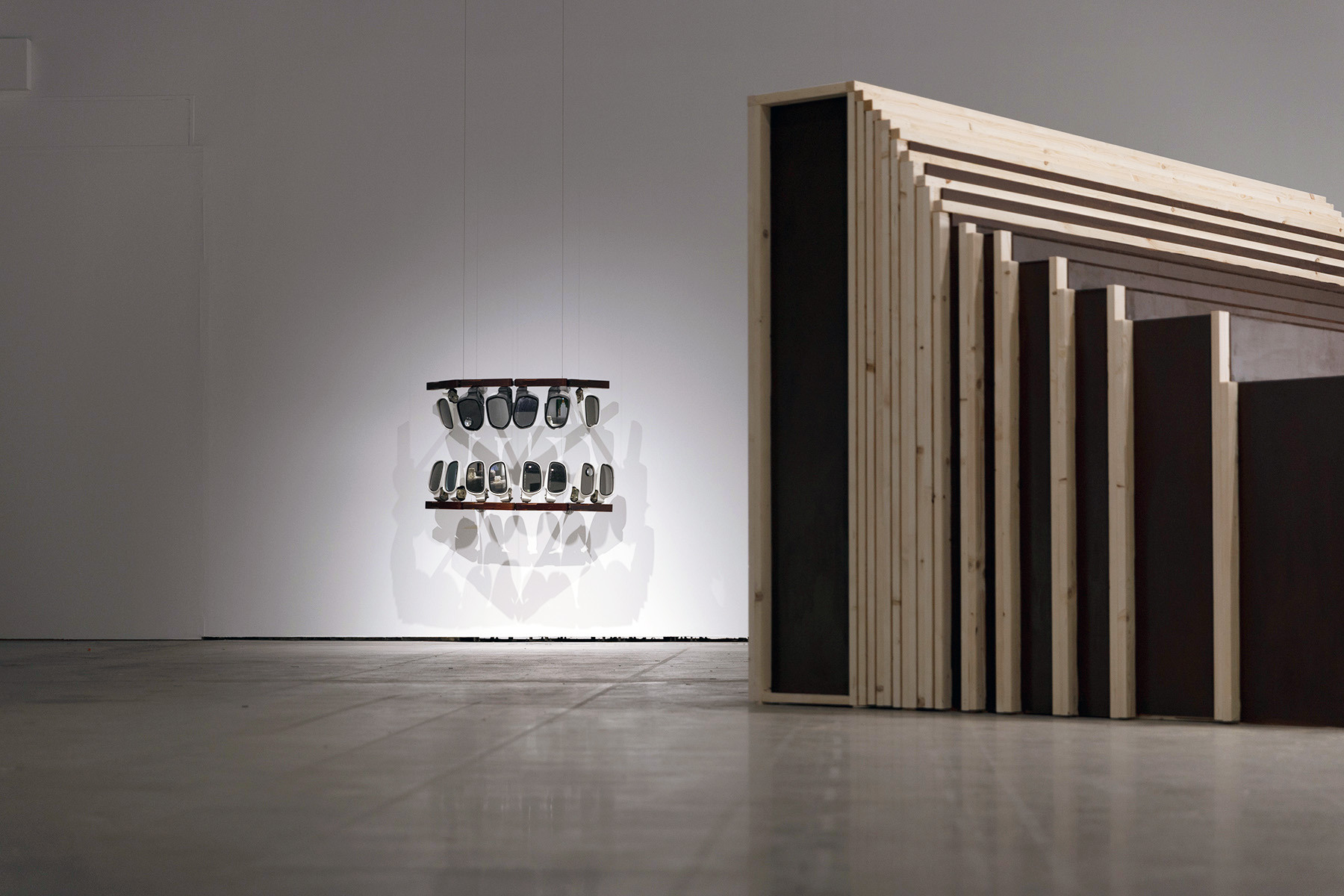
Exhibition View of Knocking Where a Door Once Stood(2025)
Advertisement
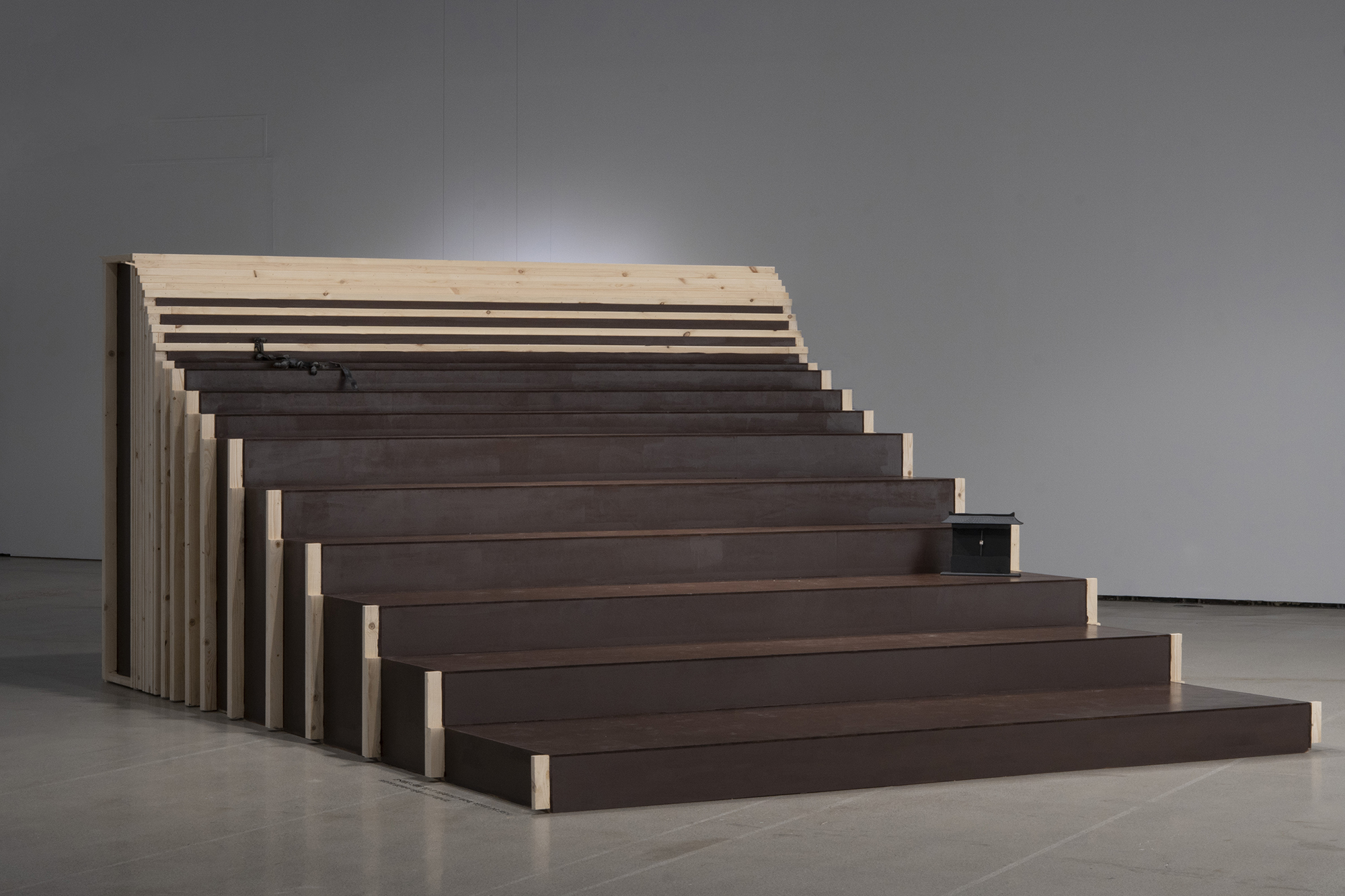
Kay Yoon, I Eat My Own Tale (When a Dining Table Becomes Theater), 2025, Wood, Metal, Wipaeham, Bell, Belt, Commission Work for Jeonnam Museum of Art
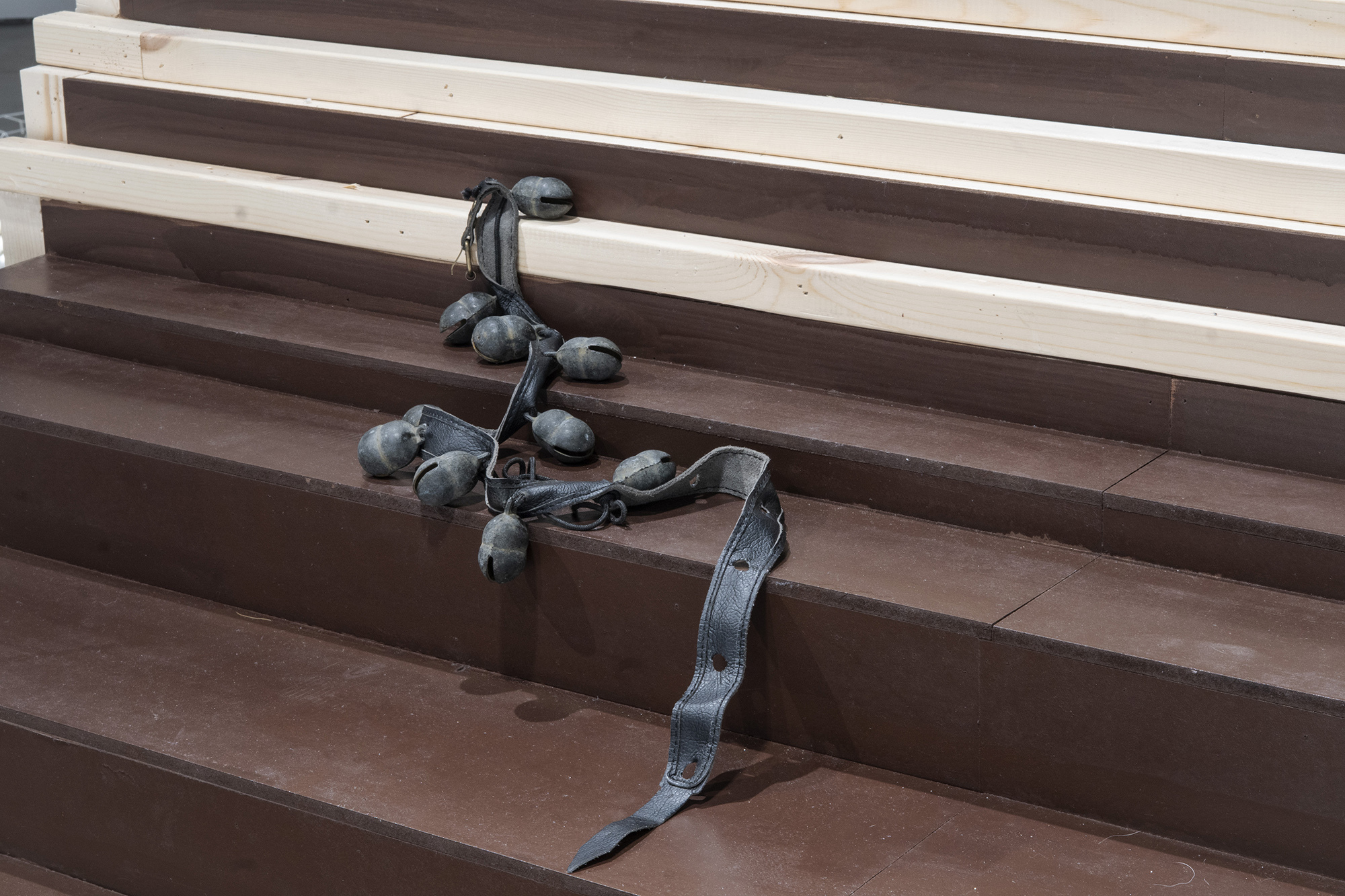
Kay Yoon, Detail View of I Eat My Own Tale (When a Dining Table Becomes Theater) (2025)
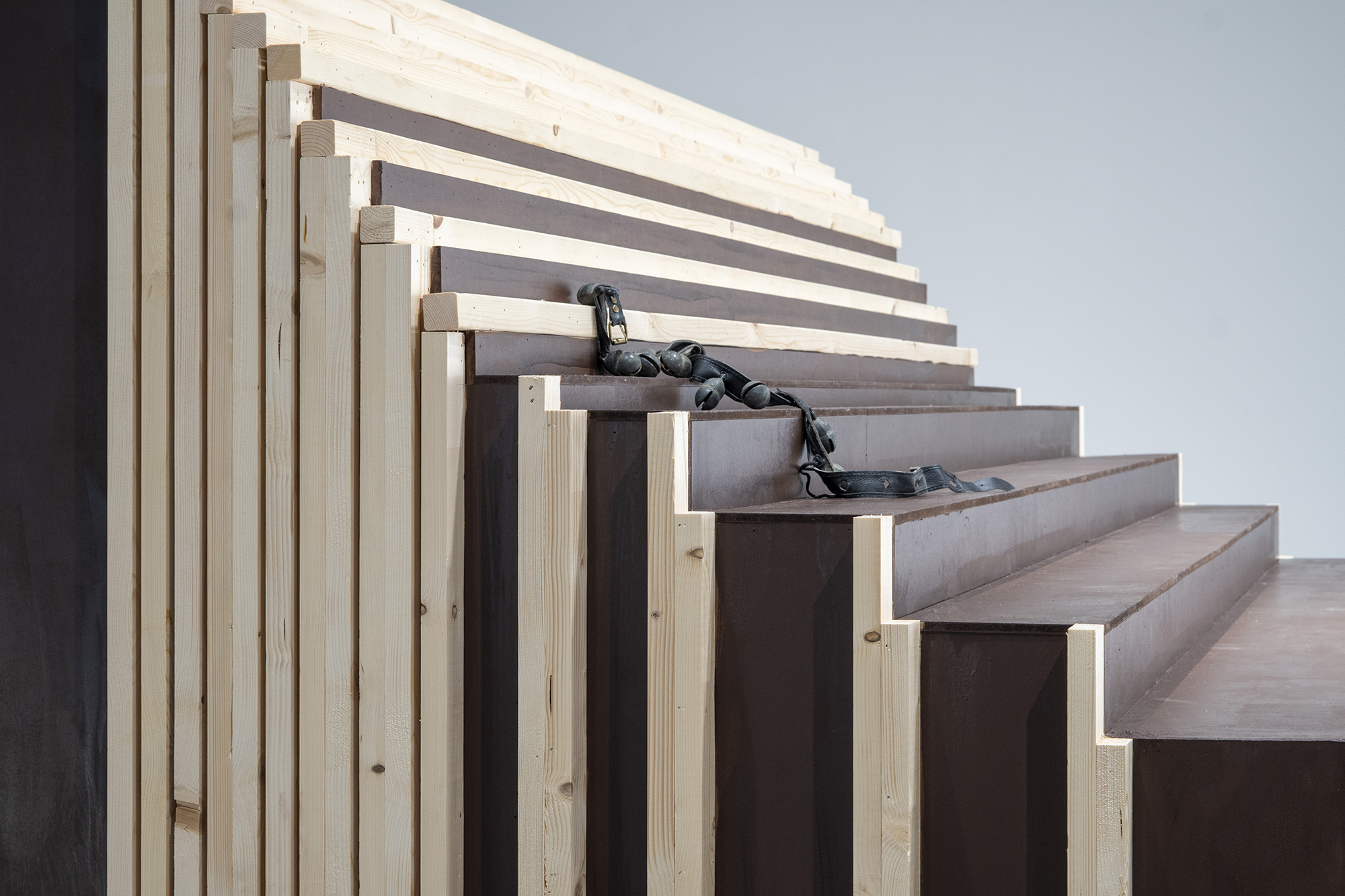
Kay Yoon, Detail View of I Eat My Own Tale (When a Dining Table Becomes Theater) (2025)
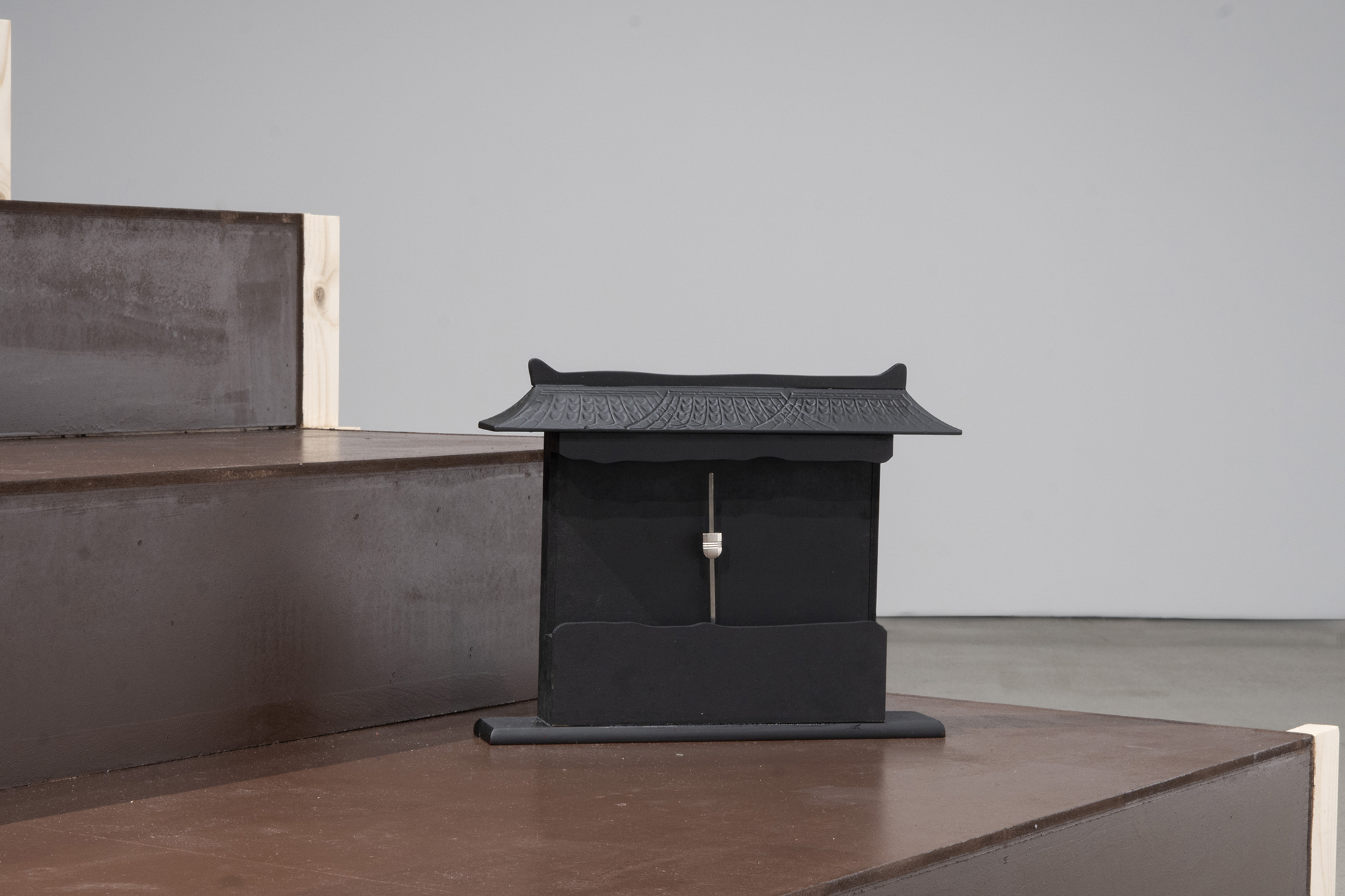
Kay Yoon, Detail View of I Eat My Own Tale (When a Dining Table Becomes Theater) (2025)
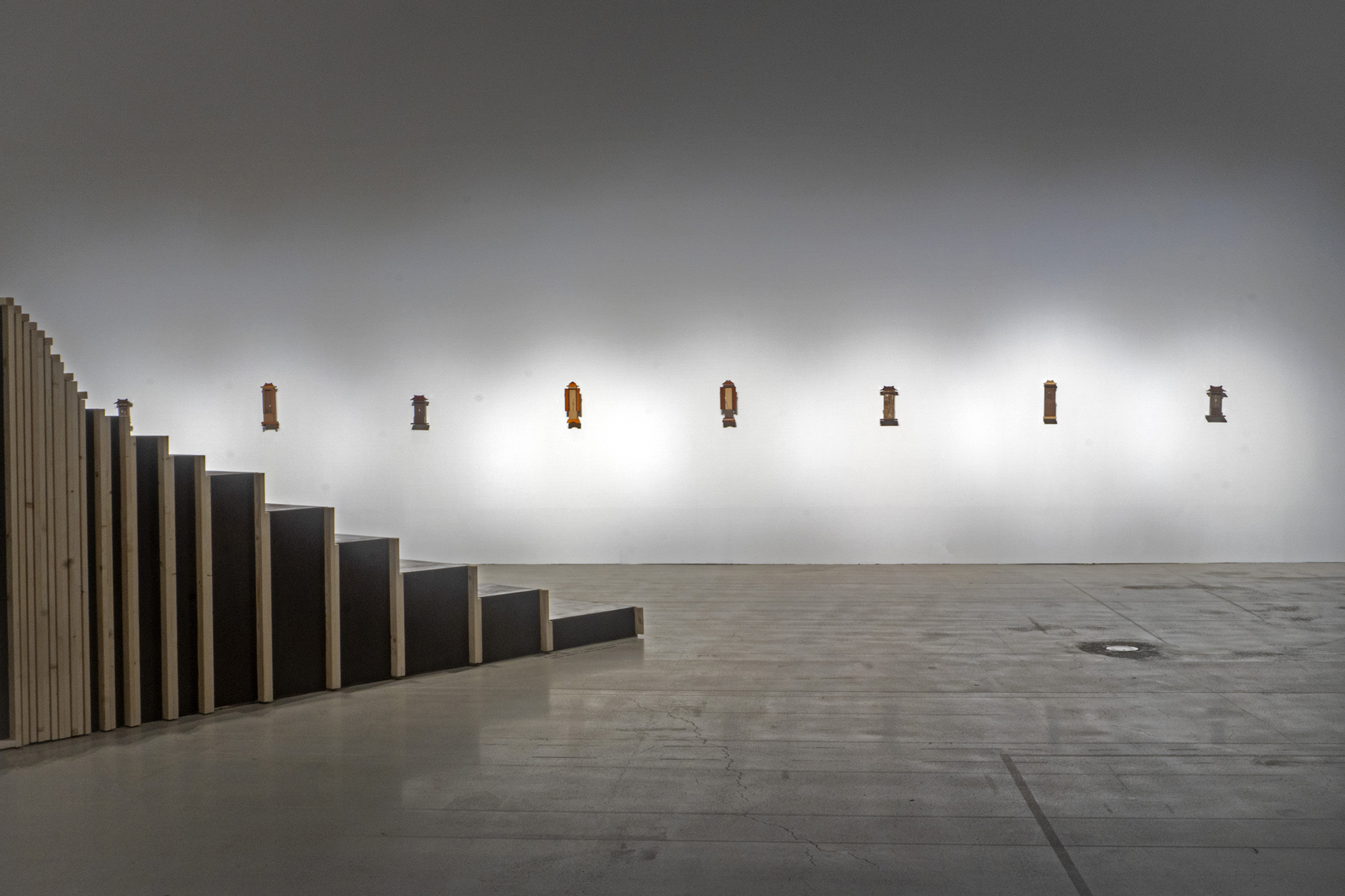
Exhibition View of Knocking Where a Door Once Stood(2025)

Kay Yoon, Installation view of Tik Tok(2025)
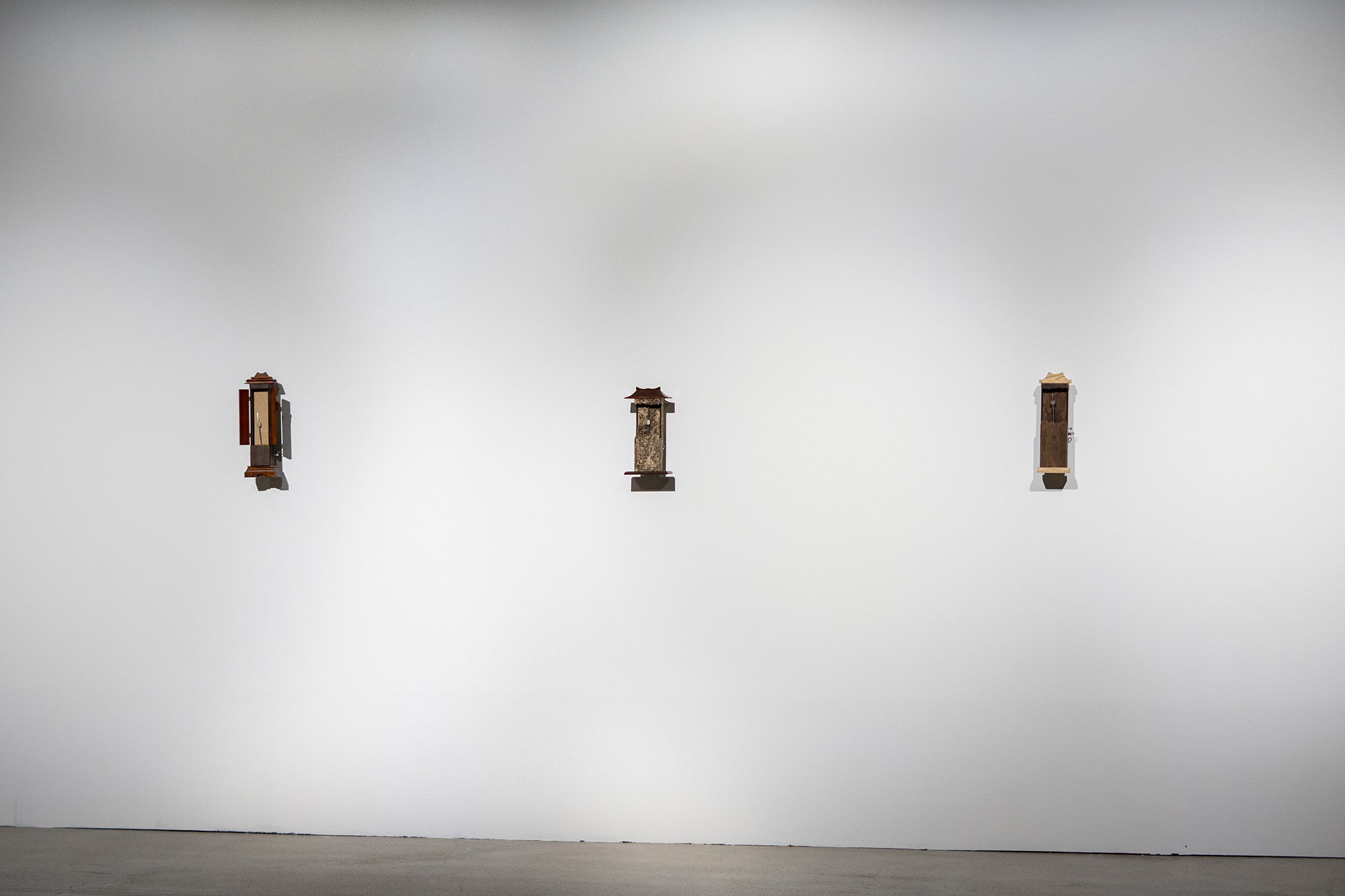
Kay Yoon, Installation view of Tik Tok(2025)
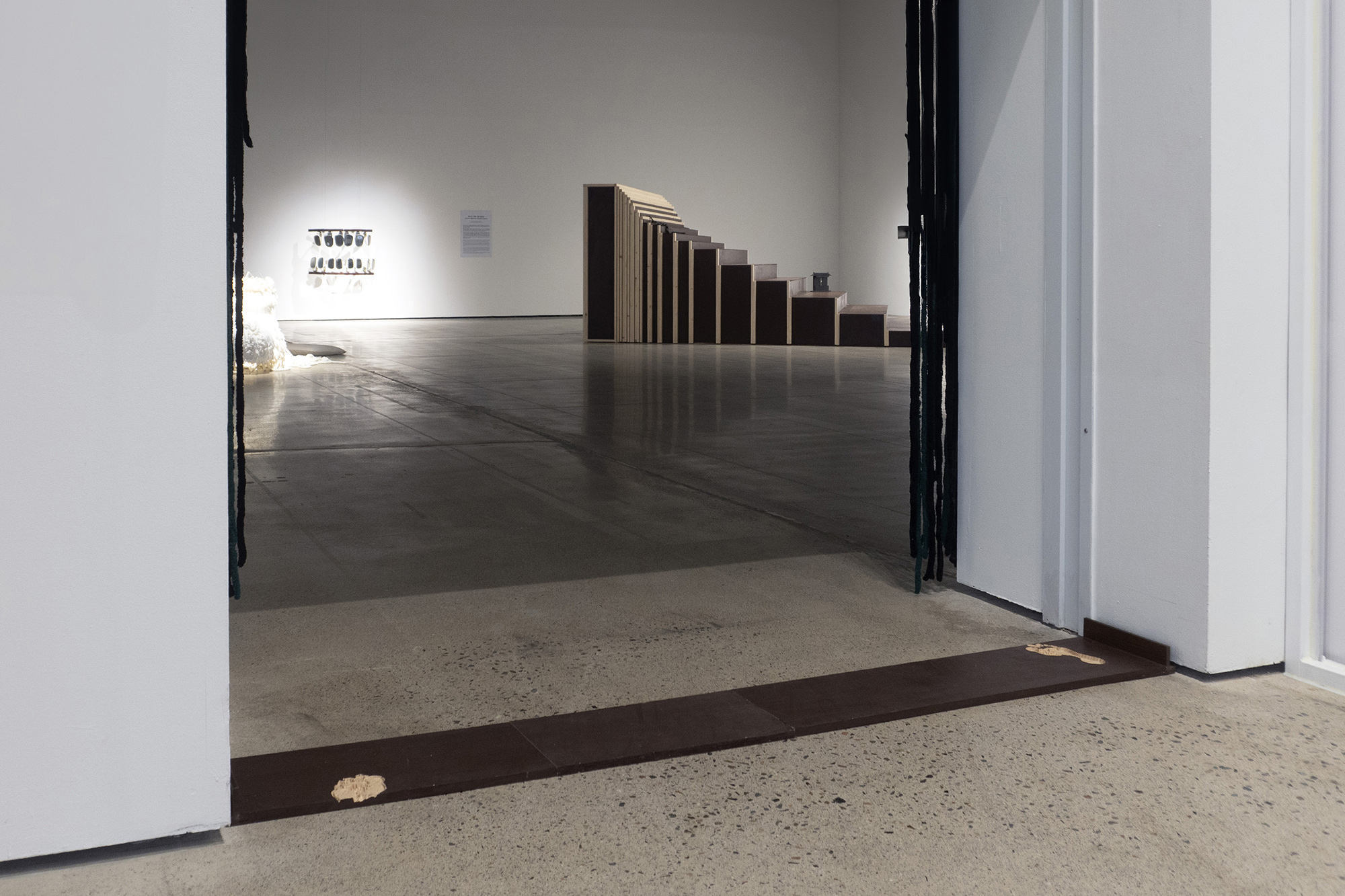
Exhibition View of Knocking Where a Door Once Stood(2025)
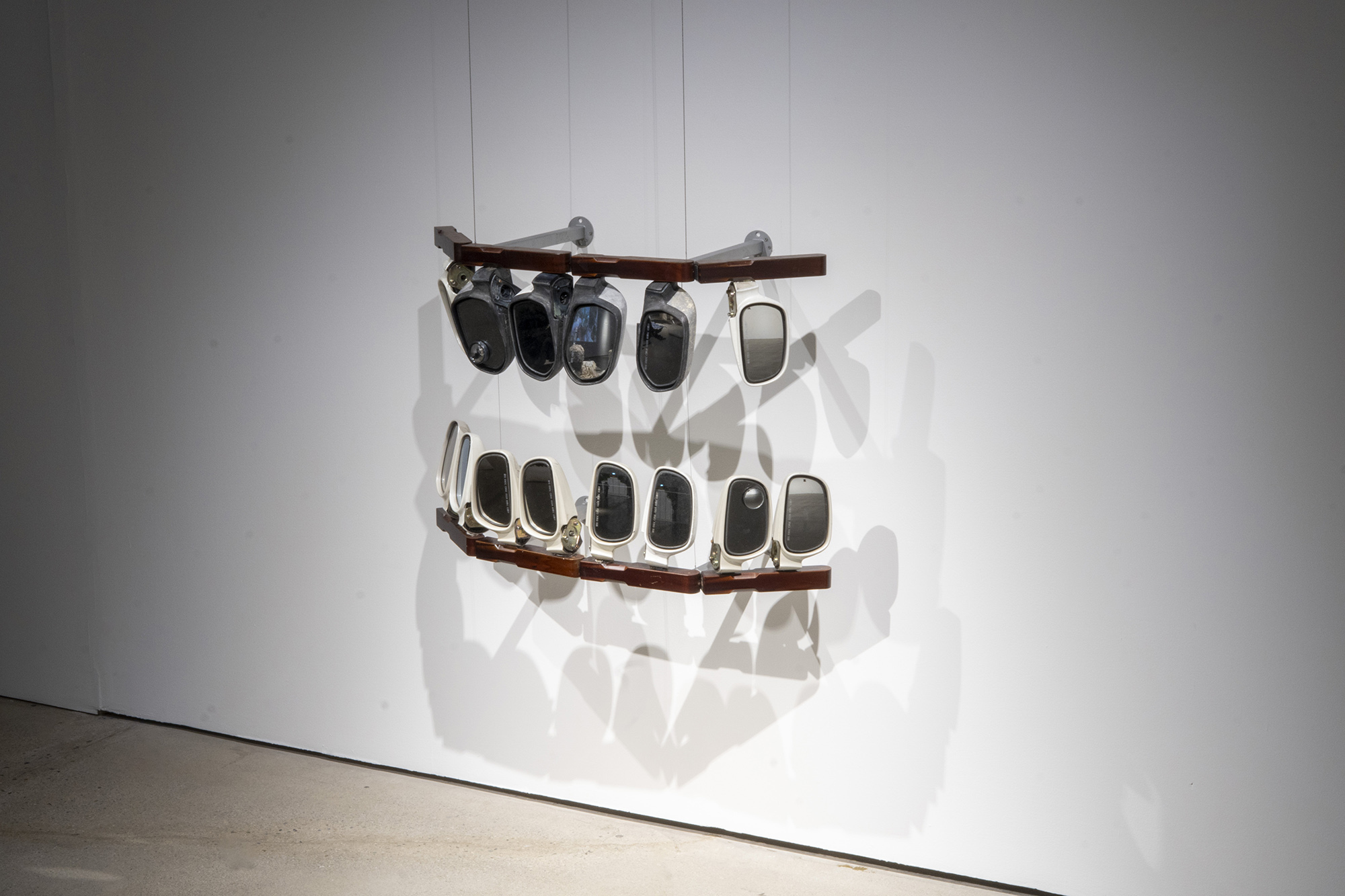
Kay Yoon, Nightmare A Mouth Is A House (part 1), 2024, side mirrors, gyoja table legs, stainless steel
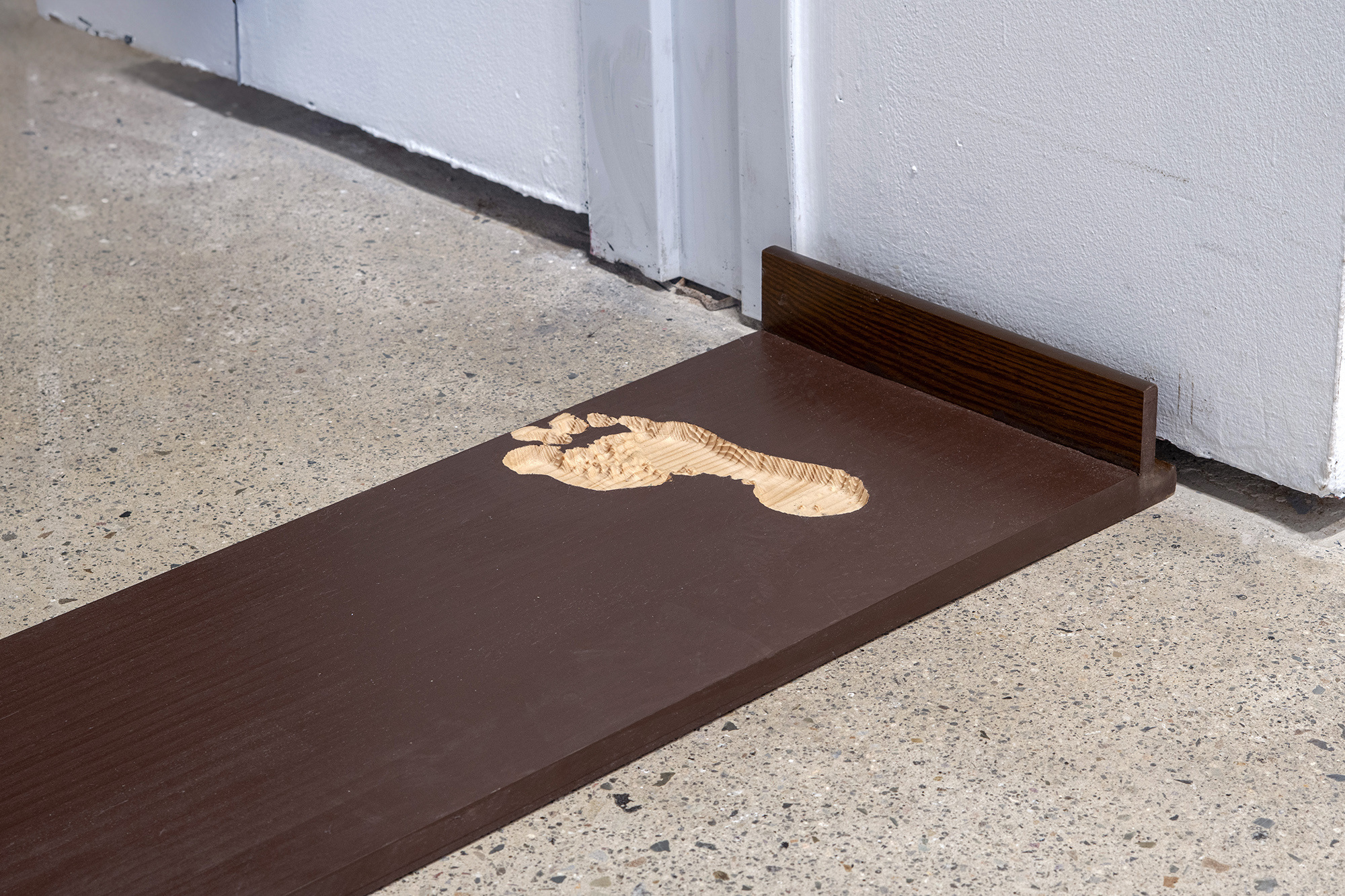
Kay Yoon, Threshold, 2025, gyoja table, 300 x 30 cm
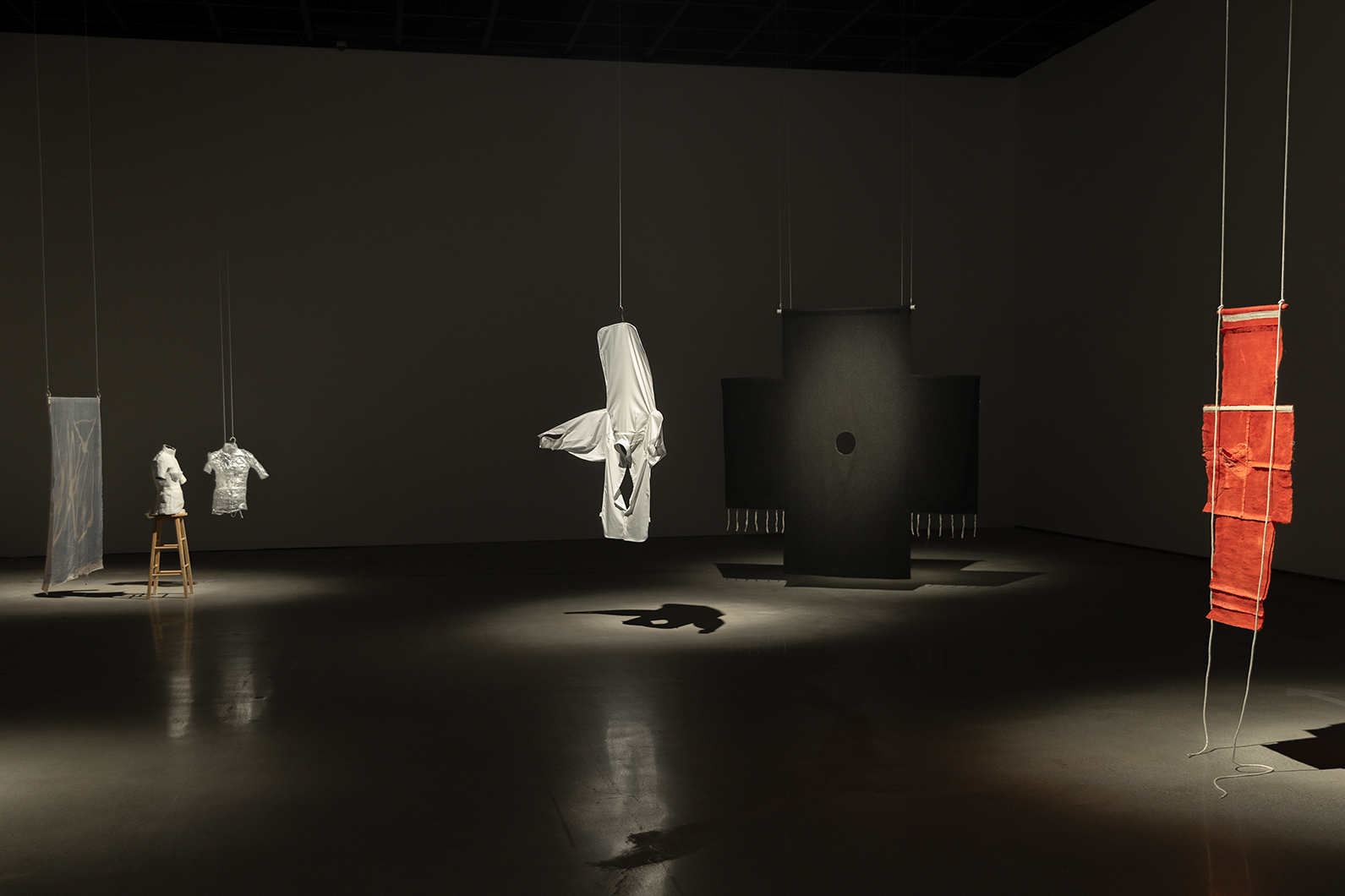
Exhibition View of Knocking Where a Door Once Stood(2025)

Chang Hyun Lee, Western Suit, 2024
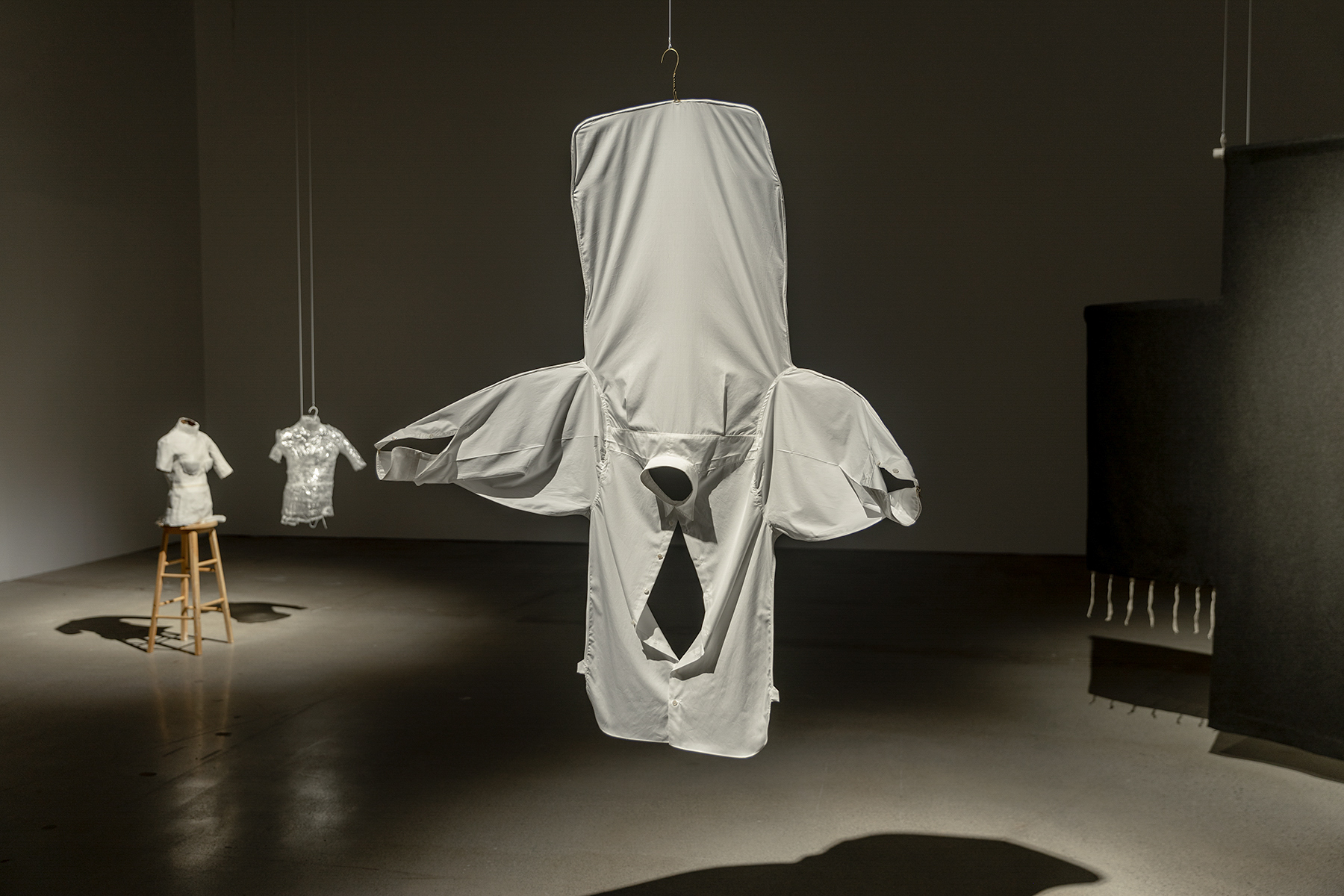
Exhibition View of Knocking Where a Door Once Stood(2025)
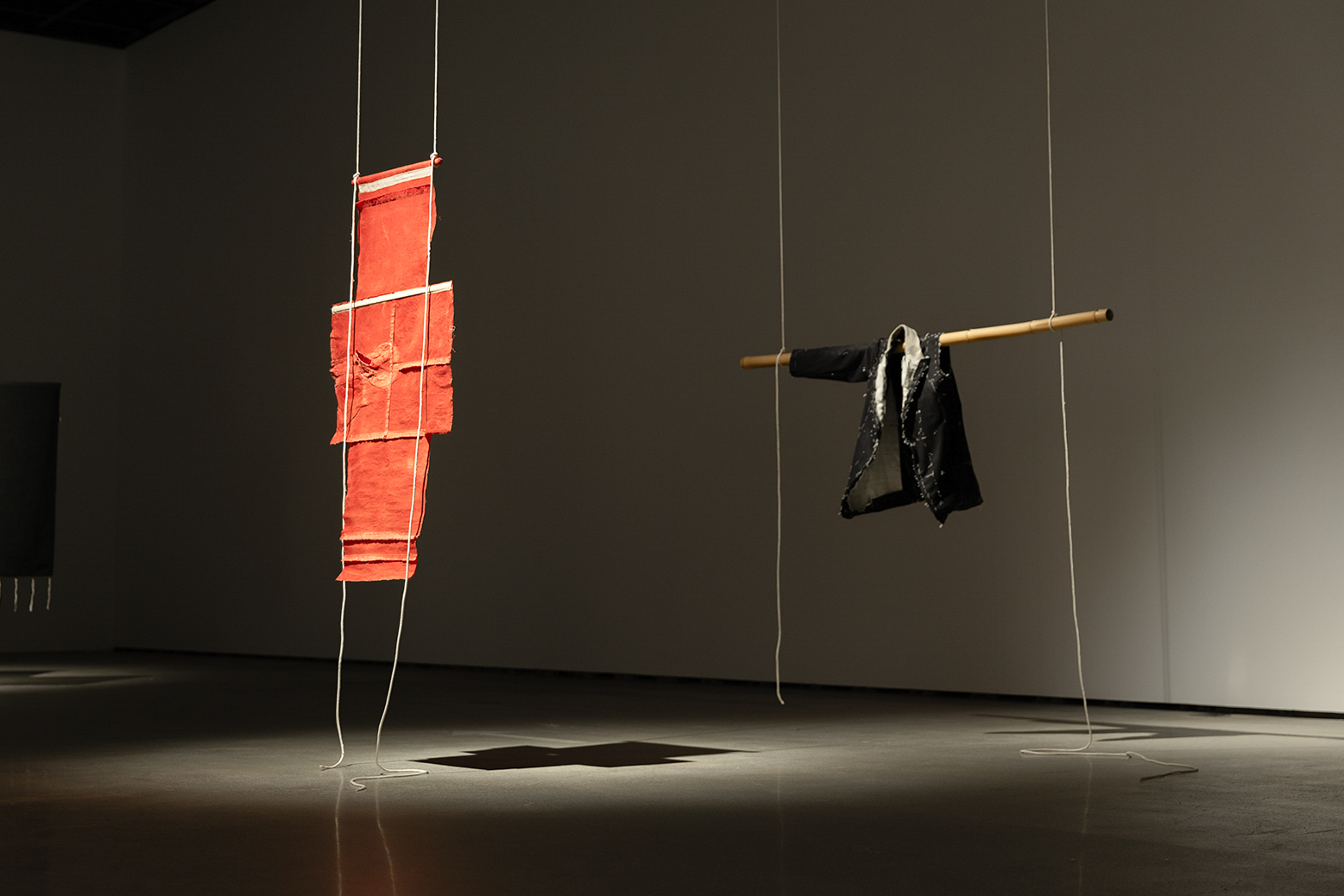
Exhibition View of Knocking Where a Door Once Stood(2025)
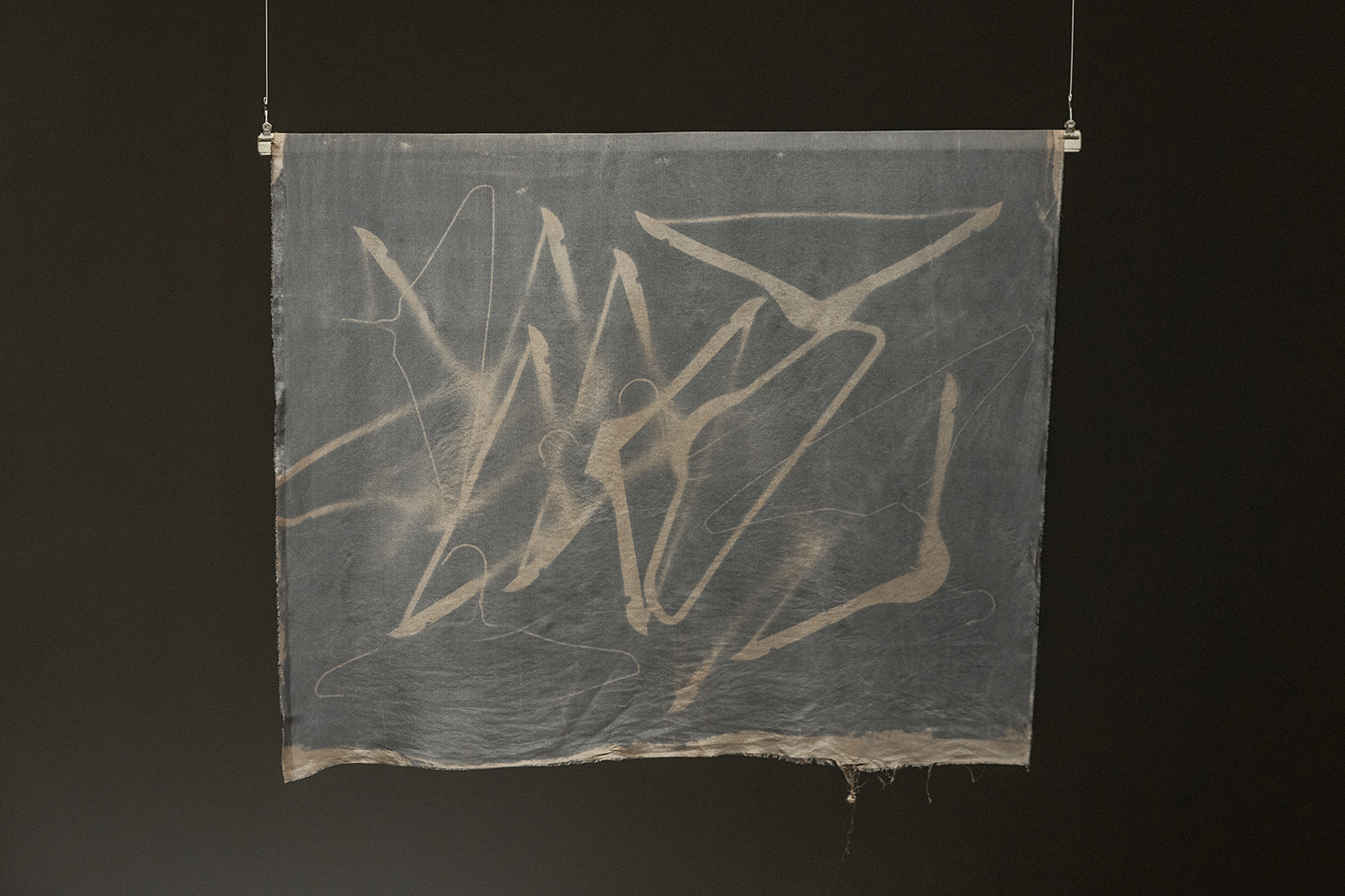
Chang Hyun Lee, Composition, 2025,Photogram on silk, 100x79cm

Chang Hyun Lee, Torse, Cast, 2025

Chang Hyun Lee, Ceremonial Tunic in the shape of a Cross, 2023
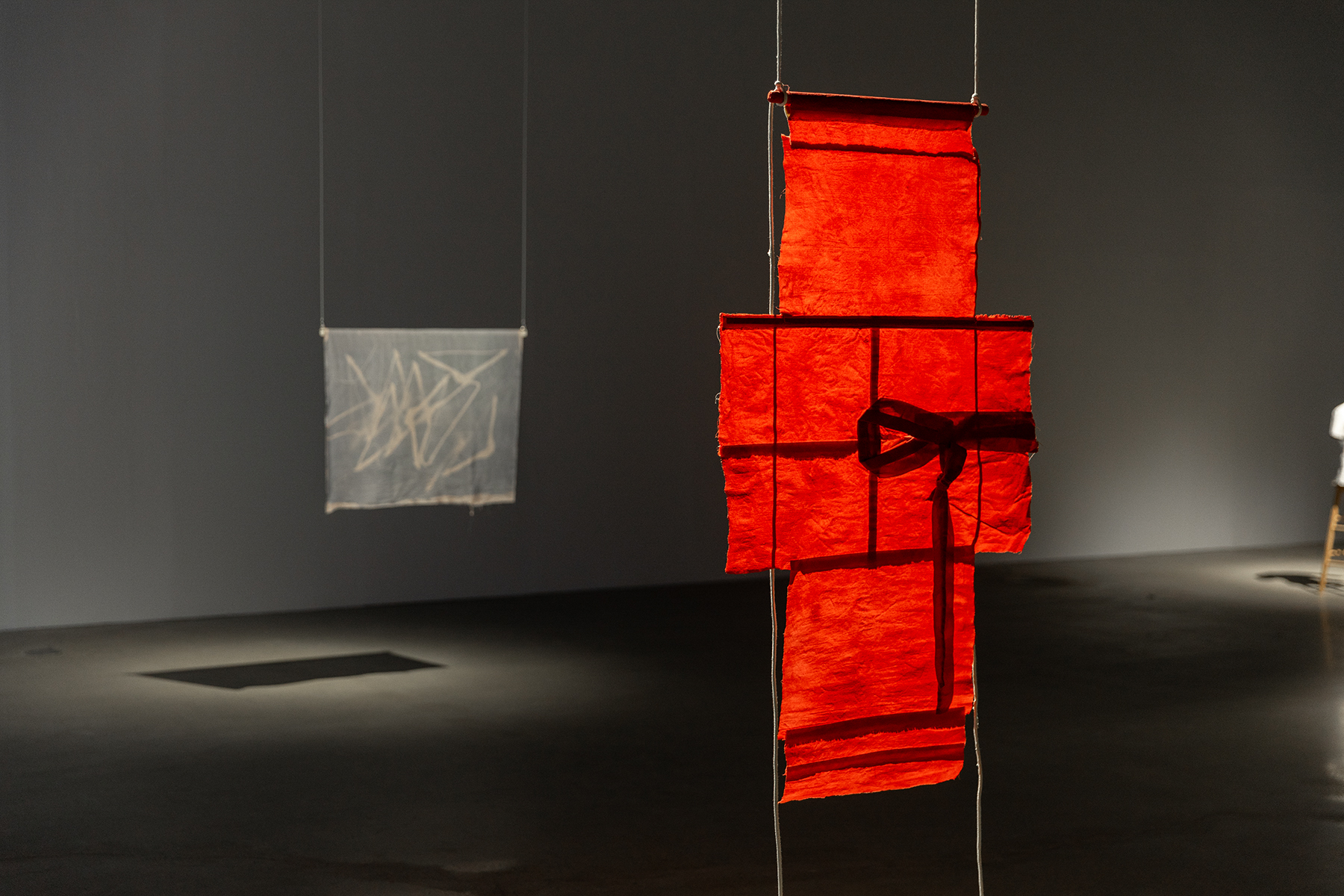
Chang Hyun Lee, Composition, 2025, Jeogori, 2024
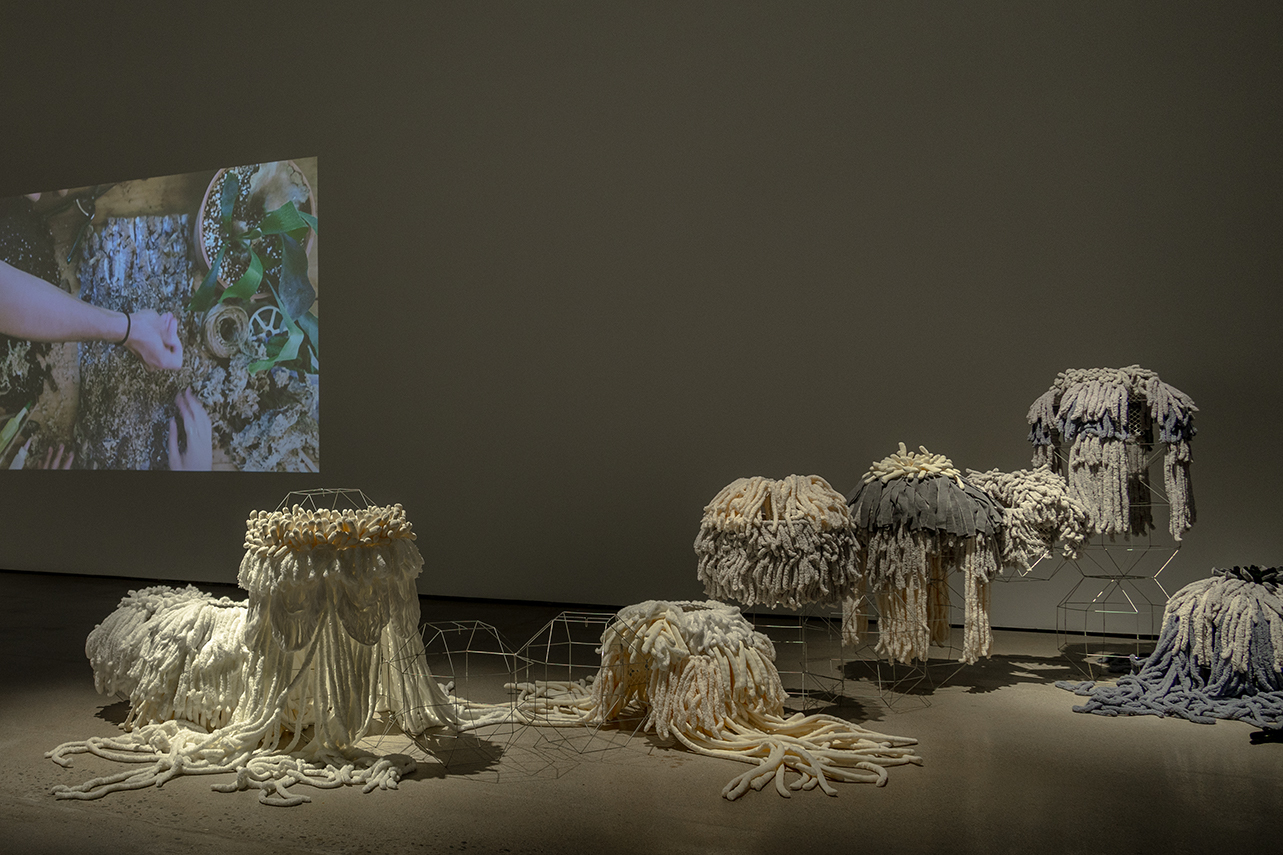
Eunsol Cho, The Dead Came Back to Life as They Were Dying, 2025, Mixed media (fabric, cotton, thread, wire, plastic mesh, speaker) Variable installation
Knocking Where a Door Once Stood interrogates the processes by which boundaries are constituted and dismantled through the operations of memory, employing diverse media and sculptural approaches to critically engage with these dynamics.
Memory is not a static repository but a fluid and generative force, continuously reshaped through acts of selection, interpretation, and erasure. It is inscribed within both personal experience and collective history, bestowing meaning upon spaces and objects. Yet, as much as memory consolidates identity and site specificity, it is equally subject to fragmentation and loss. Certain locations become sedimented with collective memory through their association with historical events, while others, left unrecorded, dissipate into obscurity, rendering their boundaries increasingly indeterminate. In this way, memory is not simply the preservation of the past but an active agent in the construction of narratives, mediating the interstice between presence and absence, visibility and occlusion.
This exhibition critically examines the ways in which memory configures, extends, and destabilizes boundaries, generating new forms of subjectivity and historical consciousness. It investigates how the interplay between memory and spatial demarcation is visualized and materially reconstituted, positioning memory as an ongoing process that does not merely reflect history but intervenes in the production of the present and the projection of possible futures.
Participating artists Kay Yoon, Chang Hyun Lee, and Eunsol Cho resist the notion of memory as a passive archive, instead foregrounding its capacity for disruption, reconfiguration, and transformation. Their works do not merely represent memory but actively engage in its performative enactment, oscillating between personal recollection and collective resonance. By delineating and simultaneously transgressing spatial and conceptual boundaries, their practices prompt viewers to renegotiate their own mnemonic frameworks and sensory engagements with the world. Memory, in this context, emerges not only as a means of individual and communal self-definition but as a site of critical interrogation one that extends beyond the formal aesthetics of representation to pose fundamental ontological and epistemological questions: Who are we? Where do we belong?
This exhibition challenges the conventional understanding of memory as a mere documentation of past events. Instead, it proposes memory as a performative and generative process that constructs and dismantles boundaries, shaping how we inhabit time and space. We engage with the past not simply as an act of recollection but as an ongoing negotiation with the present and an imaginative projection toward the future.
Ultimately, Knocking Where a Door Once Stood is not simply an inquiry into the mechanics of memory but a provocation an invitation to rethink how memory operates as a critical site of agency, rupture, and transformation. It foregrounds the ways in which art not only reflects but actively intervenes in the expansion and reconfiguration of memory, prompting viewers to reconsider how memory is produced, mediated, and reinterpreted across time and space.
Hayun Jung

